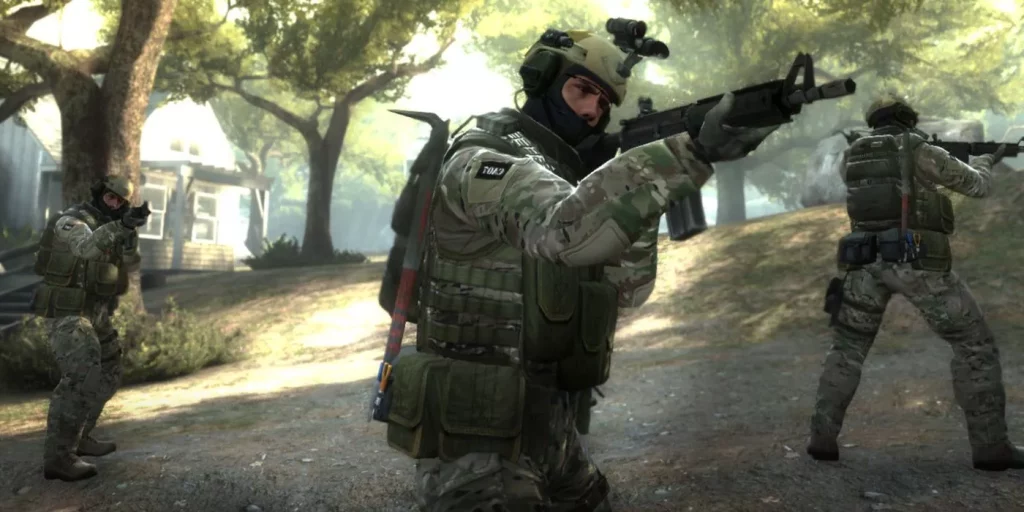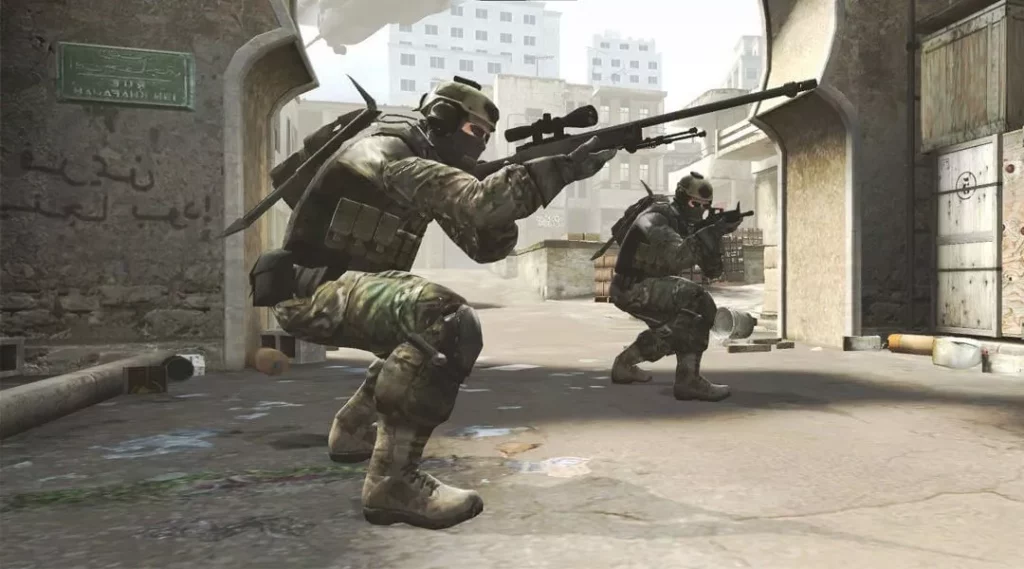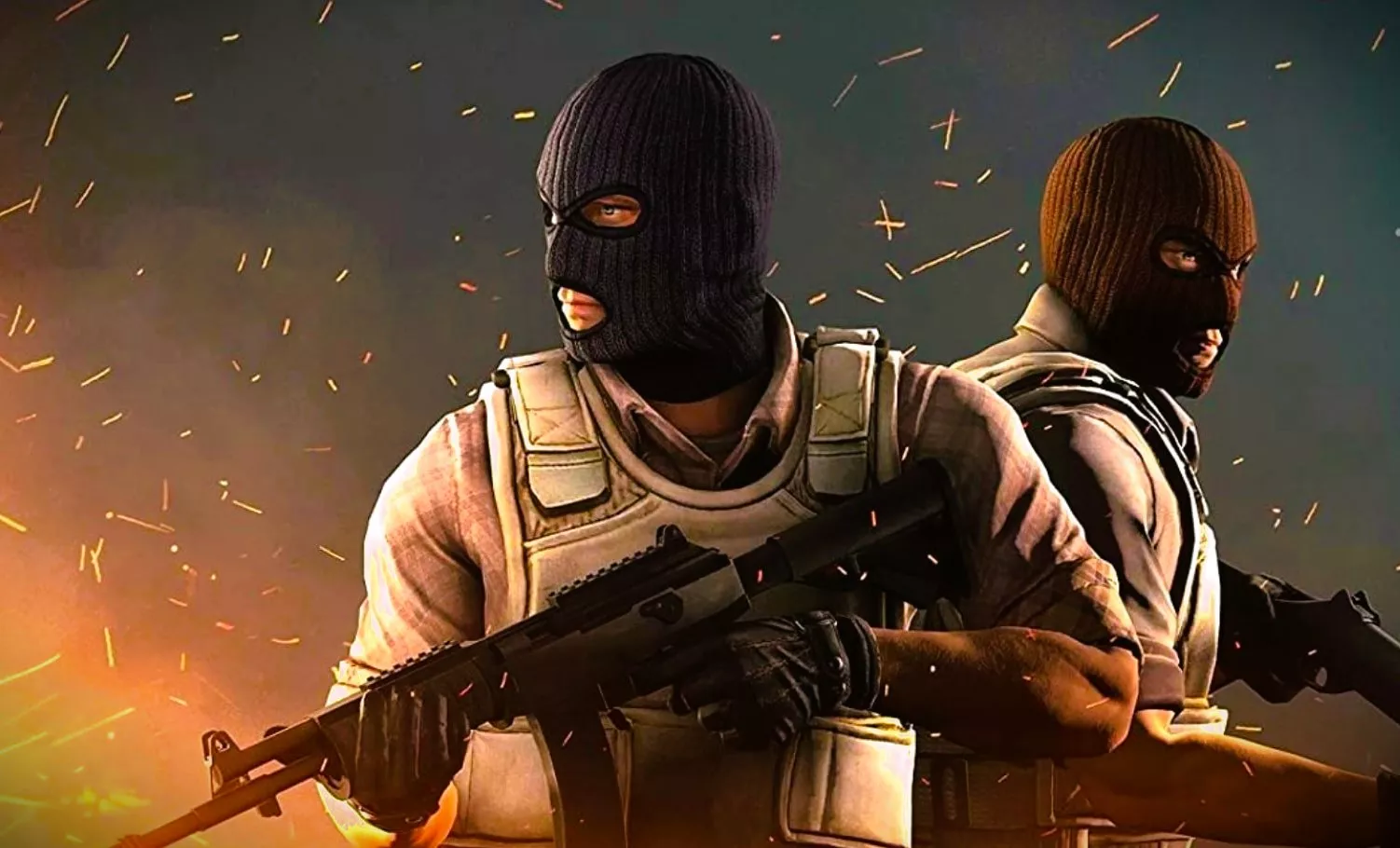Counter-Strike: Global Offensive stands out as one of the most fiercely competitive games on the planet. This first-person multiplayer shooter demands lightning-fast reflexes and a rock-solid grasp of team strategies to secure victory. Over the past decade, players have continually honed their skills in the cutthroat arena of ranked matches.
For those eager to dive into the Competitive playlist within Counter-Strike: Global Offensive, the journey starts with unranked bouts in Arms Race, Casual, Deathmatch, or Demolition until they reach level two. Afterward, they’ll find themselves assigned to one of several ranks, embarking on the climb up the competitive ladder. This guide is here to shed light on the total number of ranks available and demystify the ranking system within CS: GO.
All CS:GO Ranks

There are a total of 18 ranks neatly divided into six tiers within Counter-Strike: Global Offensive. These tiers consist of Silver, Gold Nova, Guardian, Eagle, Supreme Master First Class, and Global Elite. It’s important to note that players who receive their initial rank after the introductory phase will be placed within the first four tiers, while reaching the prestigious Supreme Master First Class and Global Elite ranks requires dedicated effort beyond the initial placement. Here’s the comprehensive list of all 18 ranks, ranked from the lowest to the highest:
- Global Elite (GE)
- Supreme Master First Class (SMFC)
- Legendary Eagle Master (LEM)
- Legendary Eagle (LE)
- Distinguished Master Guardian (DMG)
- Master Guardian Elite (MGE)
- Master Guardian II (MG2)
- Master Guardian I (MG1)
- Gold Nova Master (GNM)
- Gold Nova III (GN3)
- Gold Nova II (GN2)
- Gold Nova I (GN1)
- Silver Elite Master (SEM)
- Silver Elite (SE)
- Silver IV (S4)
- Silver III (S3)
- Silver II (S2)
- Silver I (S1)
These ranks serve as milestones on your competitive journey, each representing a different level of skill and experience within the game.
Inside CS:GO’s Rank System: How It Operates

Newcomers entering the Competitive playlist face a crucial initiation process: they must secure victories in 10 games before the game assigns them a rank. This initial placement will position them within the ranks we’ve previously outlined, and it’s common for many to quickly surpass the lower-tier ranks due to their skills.
Valve, the game’s developer, employs a customized Glicko-2 ranking system, which operates in the background, assigning players a hidden matchmaking rating (MMR) based on their performance in each match. Consistently underwhelming performances may lead to a downward shift in rank, while stringing together victories and earning the coveted MVP title can boost your chances of ascending to a higher rank.
The enigma lies in the unpredictability of rank changes; players won’t receive a clear count of matches required for a rank shift. It’s entirely possible to maintain a stable rank if performance remains steady. However, those who take an extended hiatus from competitive play may find their rank temporarily suspended until they return and win a set number of matches to regain their spot in the ranking hierarchy.

